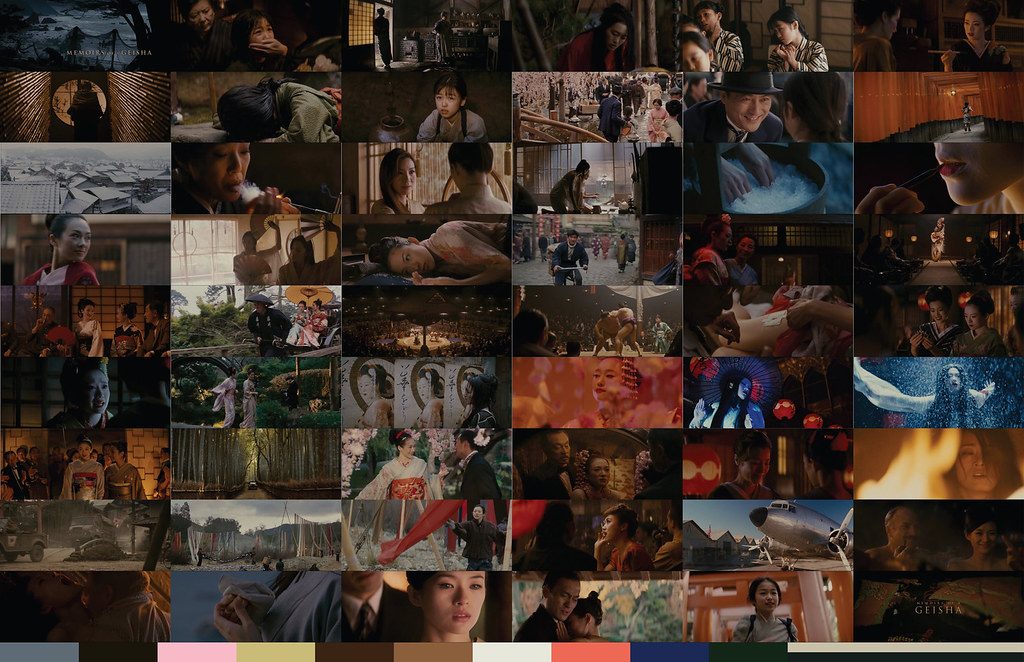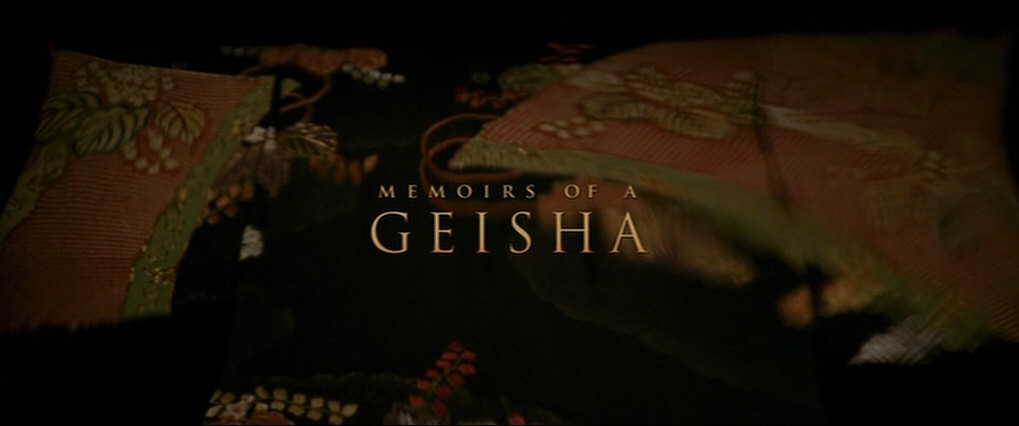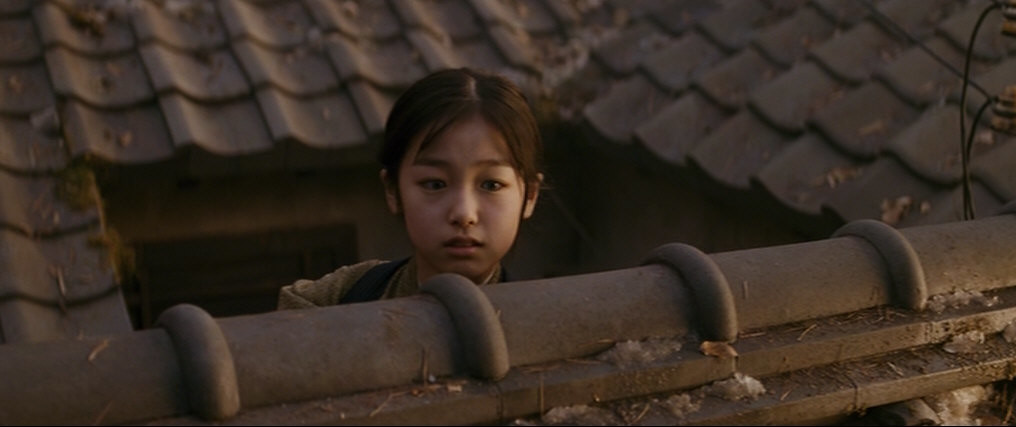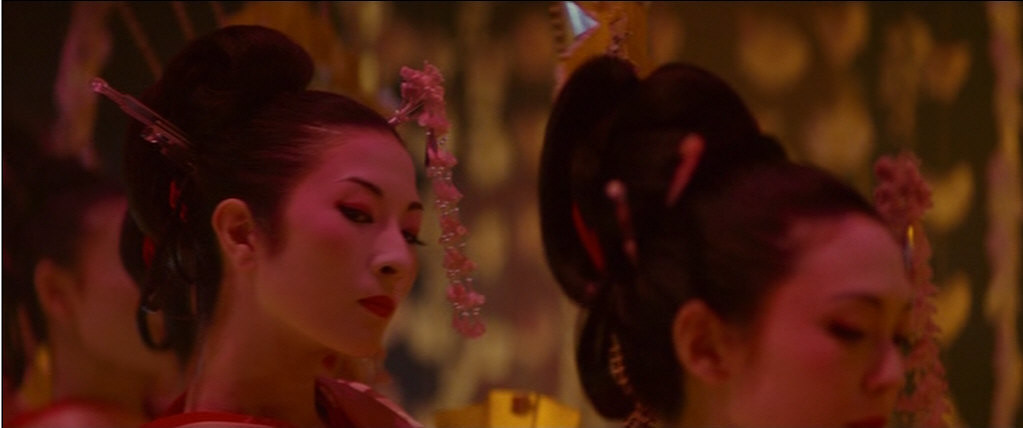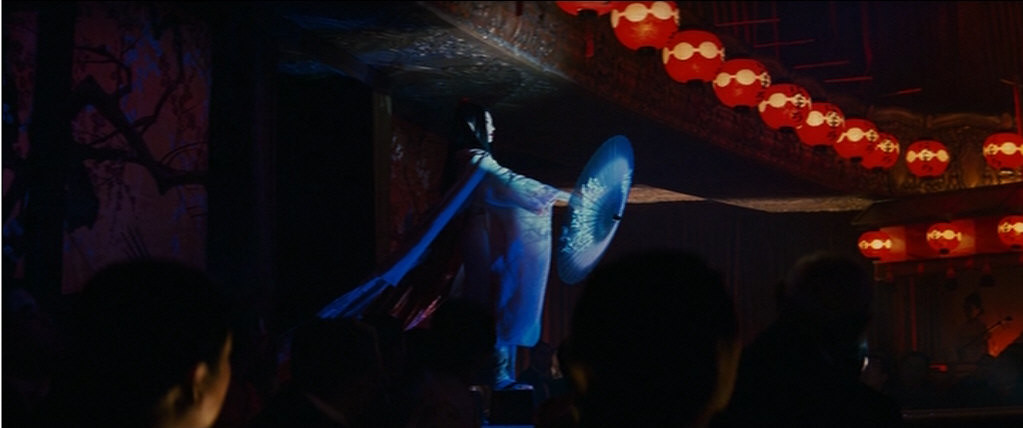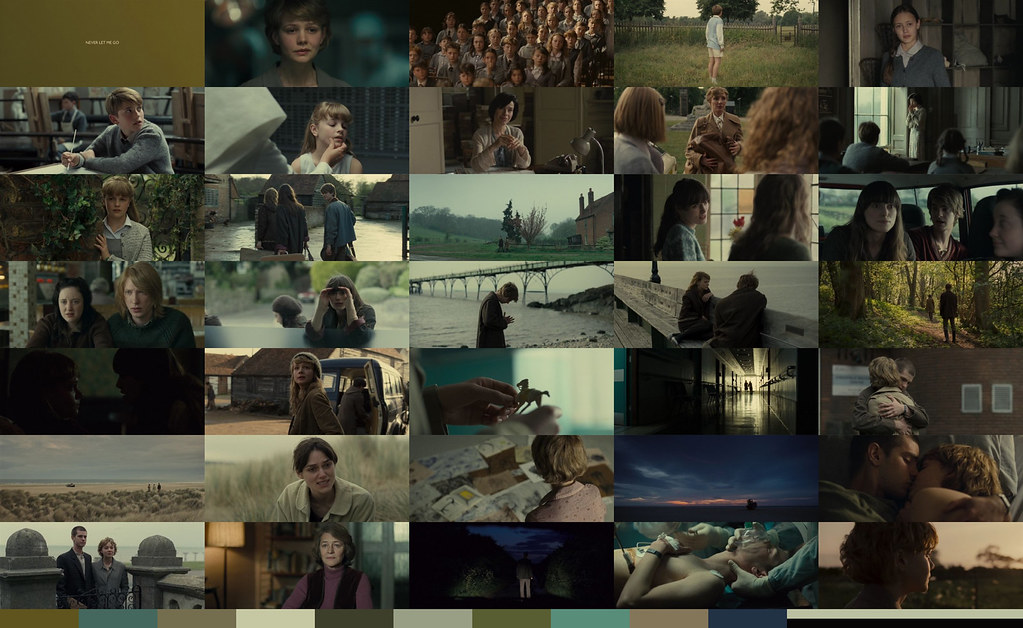
Director: Mark Romanek
Cinematographer: Adam Kimmel
Based on the novel "Never Let Me Go" by Kazuo Ishiguro
Starring: Carey Mulligan, Keira Knightley, Andrew Garfield
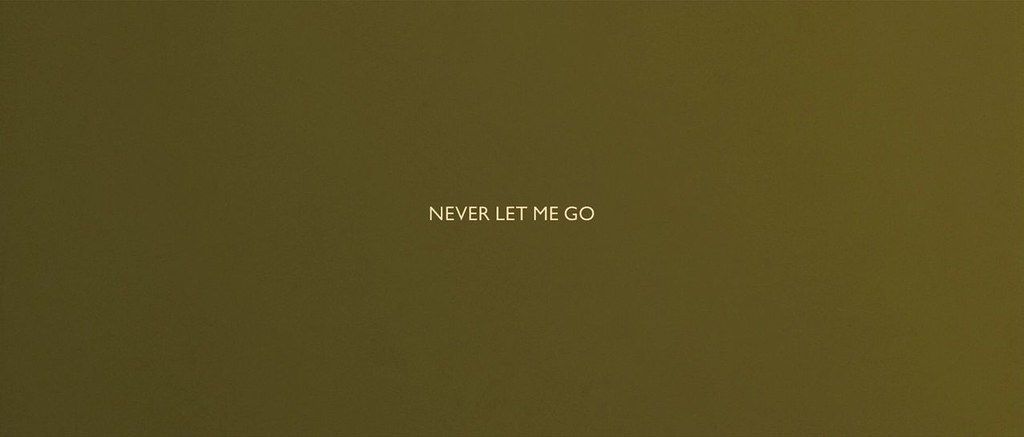
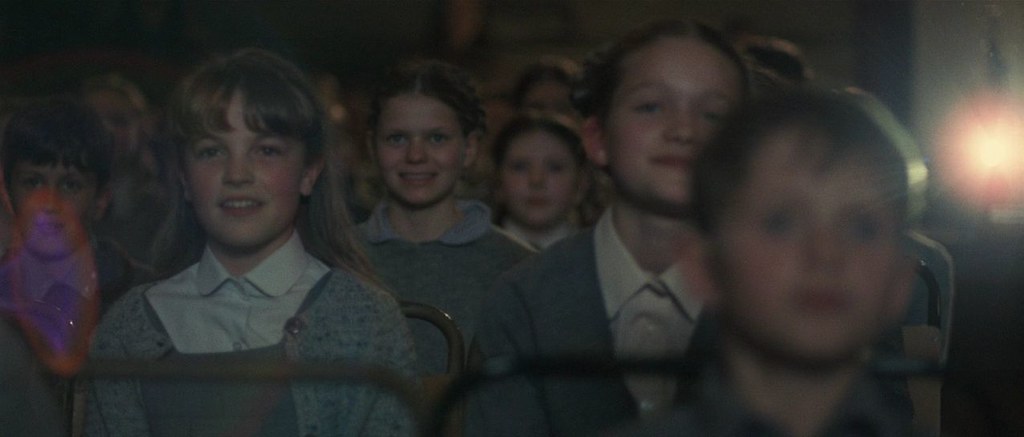

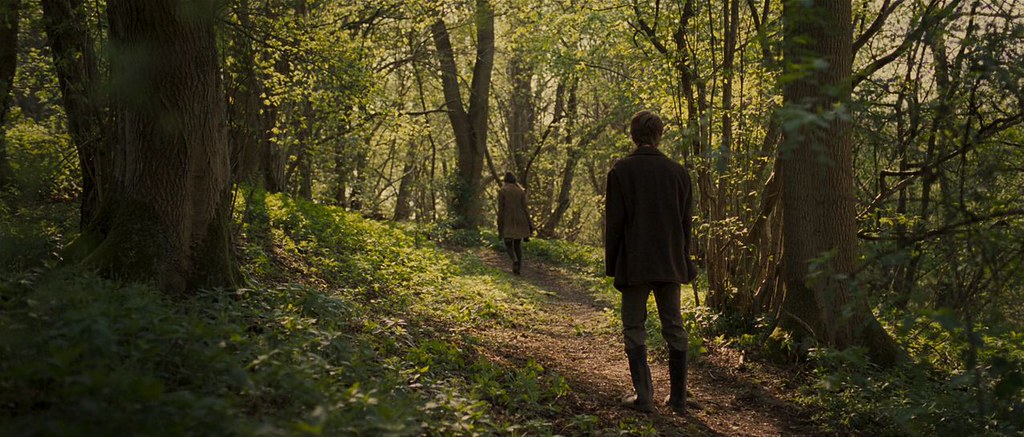
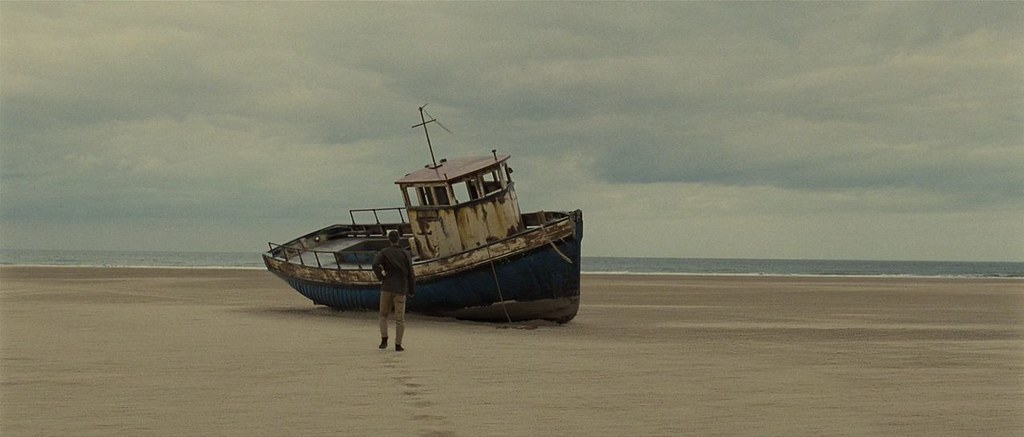
Never Let Me Go was one of those movies that you got really hyped up about and then felt disappointed after watching it. Visually it was a feast for the eyes but because I had read the book a year prior I ruined it for myself. I guess it's the same with all movies based on books with Harry Potter being one of the few exceptions. I prepped myself months before by watching Romanek's earlier film "One Hour Photo" and Mulligan's "An Education". Both were excellent which is another reason why you should always walk into a cinema with an open mind. I was mainly disappointed as the film wasn't quite able to convey all the British repressed sensibility that was so ubiquitous in the novel.
The entire movie is in shades of khaki green exuding a kind of solemn feel. The only variation is mainly between the natural greens and the turquoise the latter of which only appears in scenes within the hospitals juxtaposing the natural and artificial. The whole movie is really quite grim as from the very start you come to understand that they will all die young.
Some of the most beautiful scenes were shot in the English coastal towns. My favourite being Victoria Pier in Clevedon, the scene where Ruth (Keira Knightley) speculates that they are the clones of trash and also where Tommy (Andrew Garfield) piffs a stone into the lapping waves of the ocean in anger. In fact the other coastal scene shot in Holkham Beach with the abandoned boat was the most endearing for me and it was the screenshot I used as my desktop wallpaper for a few weeks.
The sombre mood overall was well captured by cinematographer Adam Kimmel though I have a feeling Mark Romanek played a large part in deciding the palette as the film has quite a similar feel to his previous work "One hour Photo" although I'm probably just comparing the scenes in the photo lab to this movies hospital scenes which had very sterile atmospheres.
I'm looking forward to seeing more of Romanek's work in the future but I hope next time he won't try to adapt such an emotion-heavy book into a 100 minute film.

